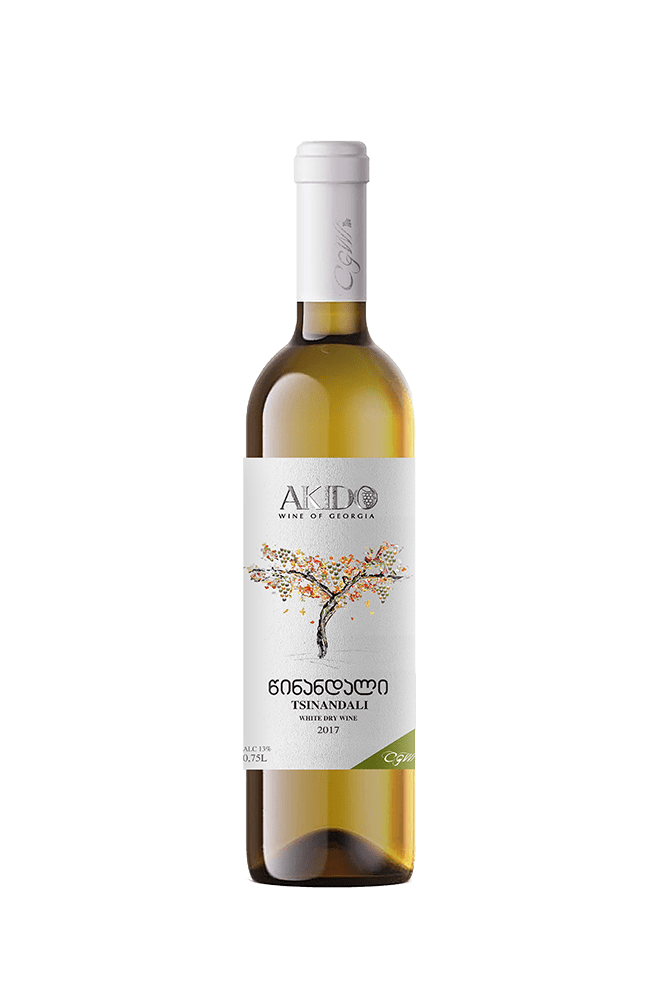Introduction to Georgian wine
For generations, Georgia has proudly claimed the title of the birthplace of wine. In 2015, scientists studying the history of agriculture uncovered ancient clay vessels dating back 8,000 years at an archeological dig in southeastern Georgia. Researchers analyzing the residue contained within the vessels—the remains of grapes and grape seeds—dated the material to 6000 BCE. This establishes ancient Georgia as the first known location of grape winemaking. Georgian winemaking practices existed 3,000 years before the invention of writing and 5,000 years before the start of the Iron Age.
ANDREW JEFFORD
Situated at the crossroads of Europe, Asia, and the Middle East—and enjoying a climate and terrain perfectly suited for the cultivation of grapes—ancient Georgia supplied wines and vines to the first cities of the Fertile Crescent: Babylon and Ur. Many of the vines cultivated in Europe and Asia today are known to have Georgian origins. The Western words for wine—vin, vino, wine, and others—likely come from the Georgian word ghvino (or gvino).

Types of Georgian Wine

Tsinandali
This special white wine is a source of pride for Georgian winemakers. It bears a light straw color, a fine fruity bouquet and a soft delicate taste. Tsinandali has been produced in Georgia since 1886.

Kindzmarauli
One of the most famous wines of Kakheti, Kindzmarauli is a high-quality, red semisweet wine with the intense color of overripe cherries. Its special bouquet delivers a mild velvety taste.

Tvishi
Produced in Rioni Valley in the western region of Racha, this semisweet wine is light amber in color with a fruity bouquet and a soft palate.